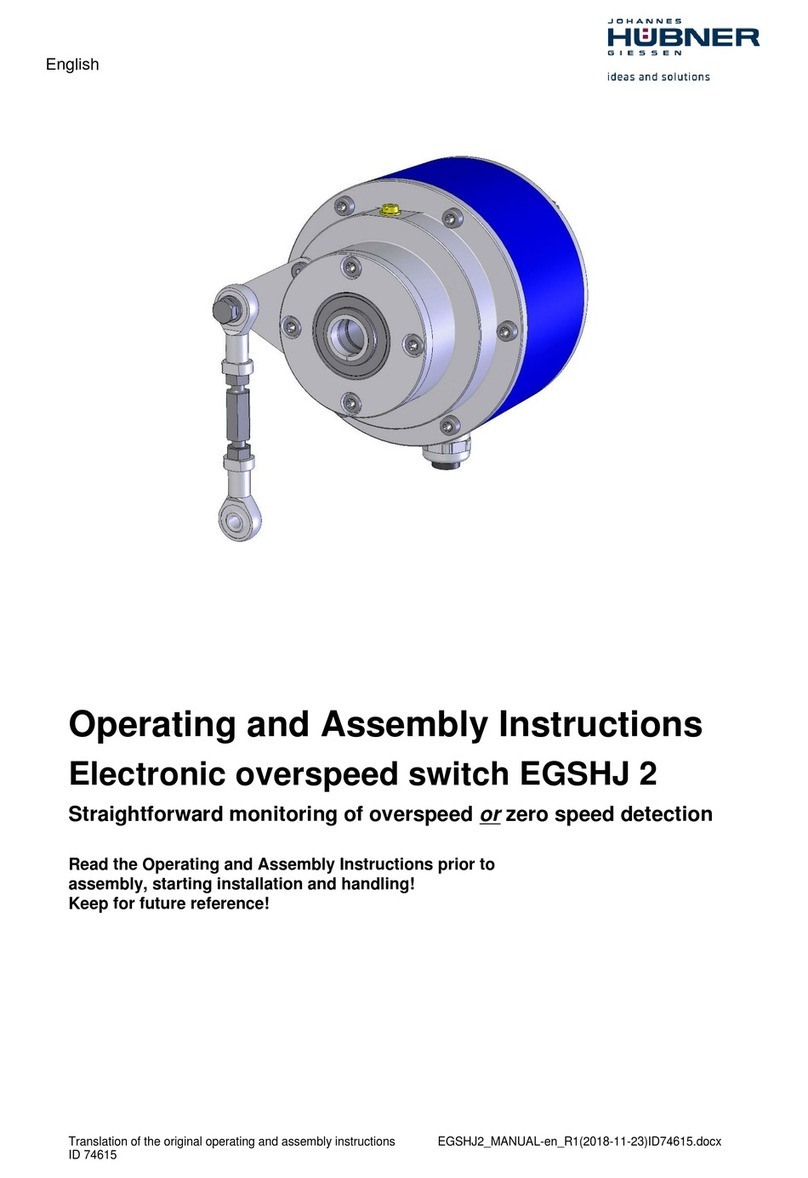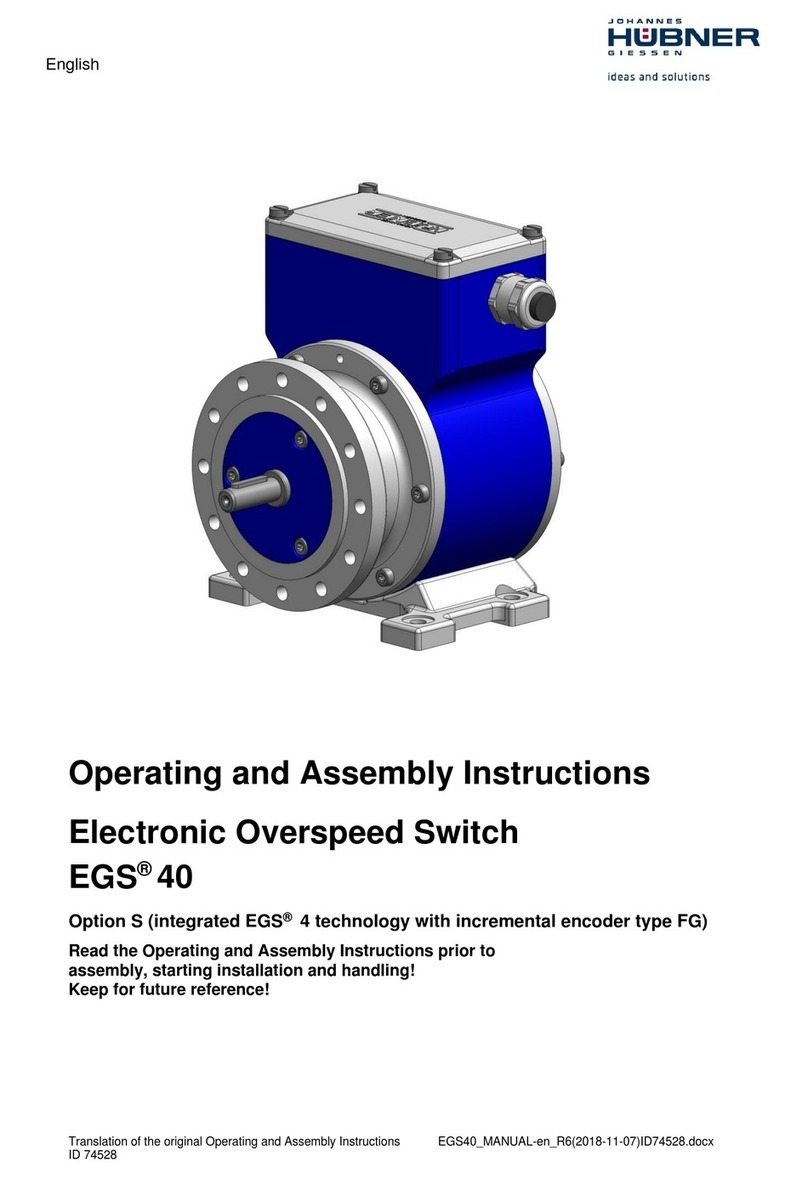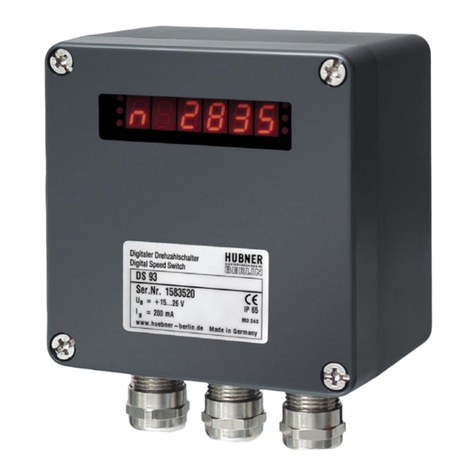
Electronic Overspeed Switch EGS(H)41
Directory
1General.......................................................................................................................... 5
1.1 Information about the Operating and Assembly Instructions................................................... 5
1.2 Scope of delivery...................................................................................................................... 5
1.3 Explanation of symbols............................................................................................................ 5
1.4 Disclaimer................................................................................................................................. 6
1.5 Copyright.................................................................................................................................. 6
1.6 Guarantee terms...................................................................................................................... 6
1.7 Customer service..................................................................................................................... 6
2Safety............................................................................................................................ 6
2.1 Responsibility of the owner...................................................................................................... 6
2.2 Personnel................................................................................................................................. 6
2.3 Personal protective equipment ................................................................................................ 7
2.4 Special dangers ....................................................................................................................... 7
2.4.1 Electrical current ............................................................................................................. 7
2.4.2 Rotating shafts / Hot surfaces ......................................................................................... 7
2.4.3 Safeguarding against restart ........................................................................................... 7
3Technical Data.............................................................................................................. 8
3.1 Type plates............................................................................................................................... 8
3.2 Type key................................................................................................................................... 9
3.3 Electrical and mechanical data .............................................................................................. 10
3.3.1 Connected loads, environment ..................................................................................... 10
3.3.2 Electrical Outputs .......................................................................................................... 10
3.3.3 Mechanical Data............................................................................................................ 11
3.3.4 Degree of protection ..................................................................................................... 11
4Installation and commissioning.................................................................................12
4.1 Safety instructions.................................................................................................................. 12
4.2 Technical information............................................................................................................. 12
4.3 Required tools........................................................................................................................ 13
4.4 Mounting preparations ........................................................................................................... 13
4.5 Mounting B5 type (flange)...................................................................................................... 13
4.6 Mounting B35 type (flange and foot)...................................................................................... 15
4.7 Mounting tolerances for Construction Type B5 and B35 ....................................................... 16
4.8 Attaching additional devices................................................................................................... 17
4.9 Mounting hollow-shaft type overspeed switches ................................................................... 19
4.10 Dismantling............................................................................................................................. 21
4.10.1 Safety instruction .......................................................................................................... 21
4.10.2 Dismantling the encoder type B5 and B35.................................................................... 21
4.10.3 Dismantling hollow shaft type overspeed switches...................................................... 21
4.11 Electrical connection and start up.......................................................................................... 22
4.11.1 Preparing cables ............................................................................................................ 22
4.11.2 Electrical connection ..................................................................................................... 22
5Structure and function................................................................................................24
































